The ever-increasing power of hardware and the advent of affordable SSDs are quickly erasing the need to load anything for more than a couple seconds. What was once an inevitable part of the gamer experience will soon be a thing of the past, along with cartridges, memory cards, and instruction booklets. For years, developers have tried everything to make these anticlimactic pauses less of a nuisance. From loading smaller games to hiding them behind cutscenes, gamers have seen it all. But let’s take a look at some of the most amazing loading screens in the history of gaming.
15. Mass Effect (2007)
I’ve seen people online complaining about Mass Effect’s ridiculously long elevator rides, but I’d like them to consider the alternative. Should the game just cut to an actual loading screen? Show us concept art of the Citadel while it loads? Riding on an elevator with the squad is a chance to gossip and get to know your crewmates you wouldn’t otherwise get – and I could fathom a real elevator taking that long to reach its destination. All things considered, it’s immersive! And much better than a regular dull load screen.
14. Resident Evil (1996)
Mass Effect was hardly the first game to hide their loading screens seamlessly into the game. Capcom has been doing the same in Resident Evil since the first game came out on PlayStation, where dramatic cutscenes played whenever we went through any door. For us, it’s a suspenseful moment as we wonder what lies beyond. For the game, it’s a chance to load the next horror. I only realized these creaking doors were loading screens after my Resident Evil: Code Veronica run was cut short by a malfunctioning door. A scratch on the wrong part of the disc was enough to end my adventure.
13. Metal Gear Solid V: The Phantom Pain (2015)
My favorite example of a hidden loading screen belongs to MGSV, a massive open-world espionage simulator set in large inter-connected environments full of soldiers, wildlife, and vehicles. These elements are locked in a precise waltz where every action has a ripple effect on the simulation. Loading so many routines would typically take more than a couple seconds – which is what the actual loading screen before every mission takes. So MGSV flies you into the field on a chopper for over a minute as it finishes setting the stage. The flight gives you a chance to get hyped for the mission as you listen to your favorite landing tunes and look out at the beautiful Afghan or African landscape.
12. Crash Tag-Team Racing (2005)
Another great way of spicing up a loading screen is to make it interactive. And different games have different approaches. The sequel to Crash Nitro Kart tries to get a chuckle out of the player by playing all kinds of burps and fart noises as your race loads. You can even adjust the pitch of this gassy performance, so it’s different every time. It’s not the best racer ever – and it takes more than a couple cues from Mario Kart: Double Dash. But its bold visual style and silly humor are iconic. This loading screen just screams “Crash Bandicoot!”
11. Fallout 76 (2018)
Of all the games featuring photo modes, Fallout 76 has the best use for your screenshots. That pic of a Deathclaw fighting a Radroach you spent half an hour trying to get just right will now adorn the background of your loading screens. Bethesda’s first multiplayer game has a fair amount of loading sprinkled throughout your adventure, so you’ll get plenty of time to admire your masterpieces. The one drawback to this feature is you’ll have to manually keep your screenshot folder clean. If you’re the kind that takes 10+ pics of the same thing to choose the best one, it can be a lot of work.
10. Assassin’s Creed (2007)
Loading screens are little moments of reverie when your brain can get a rest from the action or puzzle-solving. If you want to lessen the idle time but still let the player take a breather, a mindless task is a great fit to spice them up. Ubisoft has followed this approach since the days of Assassin’s Creed (2007), which drops Altair into a virtual void where they can run around and throw punches. It’s like playing with a fidget spinner, except it’s your character running around in small circles. Running straight ahead can also keep you “in the zone” as you wait to retry a challenging mission.
9. Rayman Legends (2013)
Rayman has delighted platformer fans for decades. And 2013’s Rayman Legends is considered one of the best platformers ever made. Even the loading screens in Rayman Legends are a blast! While loading, all players are dropped into a harmonious light blue environment where only their silhouettes are visible. There you can jump, run, and practice your moves. This enjoyable little addition is one of the little things that makes Rayman Legends feel so polished.
8. The Elder Scrolls V: Skyrim (2011)
You can’t get any extra lives by spinning 3D models around. But that doesn’t make Skyrim’s loading screens any less entertaining. The fifth entry in The Elder Scrolls features many loading screens, as you’re always going in and out of inns, stores, castles, and caves in the wild. Bethesda chose to use this idle time to get the player more invested in the world and its characters, letting them admire a high-detail model with some flavor text to the side. It definitely beats having to sneak up on Giants just to take a look at their model. And if you want to expand on top of the vanilla stuff, we’ve got a great list of custom Skyrim loading screen mods worth checking out.
7. Dragon Ball Z: Budokai Tenkaichi 3 (2007)
Namco has been the king of interactive loading screens since Ridge Racer on the PlayStation, which let players enjoy a quick game of Galaxian while waiting for their races to load. For DBZ: Budokai Tenkaichi 3, Namco chose to include various DBZ-themed mini-games to accommodate the shorter loading times. These include spinning Master Roshi around at high speeds and making Saibamen grow from the ground by mashing a button. It’s something Namco has found a way to feature in more Dragon Ball games than I can remember – though it’s notoriously missing from recent releases like DBZ: Kakarot.
6. Tekken 5 (2004)
Ridge Racer was Namco’s first great success with auxiliary games replacing loading screens, but my favorite has to be Tekken 5. Instead of an 8-bit alien-shooting adventure, Tekken 5’s loading screens treat the player to Star Blade – an early 3D rail shooter released by Namco in 1991. It features impressive graphics for a loading screen, and gameplay doesn’t stay behind. Those of you who’ve never played it should expect something like Star Fox on the SNES.
5. Okami (2006)
Okami shines for its gorgeous cel-shaded graphics and its lovely fantasy-filled rendition of classical Japan – all featuring characters and events taken straight from the nation’s folklore. The original PS2 version also had a masterful way of turning loading screens into something that players would enjoy, rather than avoid. Like other entries in the list, Okami gives the player a simple but engaging task to complete while the game loads: Mashing a button or pressing it in tandem with paw print cues on screen. The awesome part is you can actually get valuable rewards by completing them. It’s virtually the only time I’ve ever been disappointed that a loading screen ended too soon.
4. Civilization VI (2016)
Keeping a player engaged in gameplay during loading screens works wonders for action-packed games, but more brainy, strategic titles can benefit from less involvement. Civilization VI has notoriously long loading times for a modern game. But it gave Firaxis the perfect opportunity to get even more value from hiring Sean Bean to be the game’s narrator. Once most things are loaded and the game is about to begin, you’ll listen to Sean Bean tell you all about your nation, its immortal leader, and their exploits so far. This text actually changes based on how far along the game is. It helps get you back in the groove of leading a nation into the future, and it’s always a pleasure to hear the Englishman’s voice.
3. Invade-A-Load (1987)
The C64 was the late 1980’s version of a gaming PC, with an advanced graphics chip and the 64MB RAM that gave the machine its name – but not all components were optimized for gaming. Many titles were distributed in compact cassettes, favored for their low production costs despite slow loading times. Running the average C64 game could take up to ten minutes, which is way too long to sit around waiting. Many titles included a fast-loading Space Invaders clone that launched in the first 60 seconds to keep you busy while waiting for your software to load. Invade-A-Load only lasted until the industry migrated to floppy discs – but it was groundbreaking. And it’s a direct predecessor to every interactive loading screen on our ranking.
2. Spec Ops: The Line (2012)
The best video games exploit the medium’s unique storytelling tools. Spec Ops: The Line subverts first-person shooter expectations by telling a profoundly psychological story that draws attention to war’s gruesome, cruel realities. As the story gets darker and your character’s psyche deteriorates, the stereotypical loading screen tips about reloading or aiming down sights are replaced by thought-provoking statements. “The US Military does not condone the killing of unarmed combatants. But this isn’t real, so why should you care?” It’s like a window into your character’s subconscious and a way for the story to address the players directly.
1. Bayonetta (2009)
By far, the most masterful example of a design flaw becoming a feature comes from PlatinumGames’ Bayonetta, which gives players a chance to hone their skills as the game loads. The bombshell witch has a ton of complex combos that can give you the edge in battle. They can be hard to master in the heat of battle, but Bayonetta’s minute-long loading screens are the perfect chance to learn the input strings without angels trying to cut you down. It’s also an excellent opportunity to take in the gorgeous combat animations PlatinumGames put so much care into – especially those Wicked Weave moves. These loading screens returned for Bayonetta 2, though it’s hard to learn anything in 10 seconds.
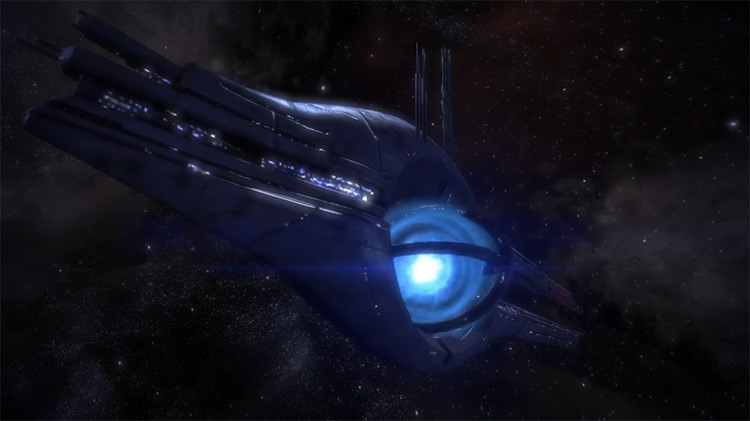
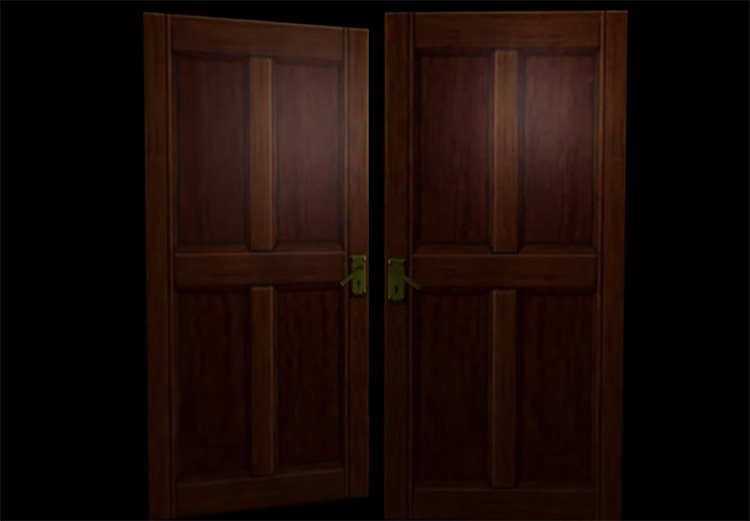
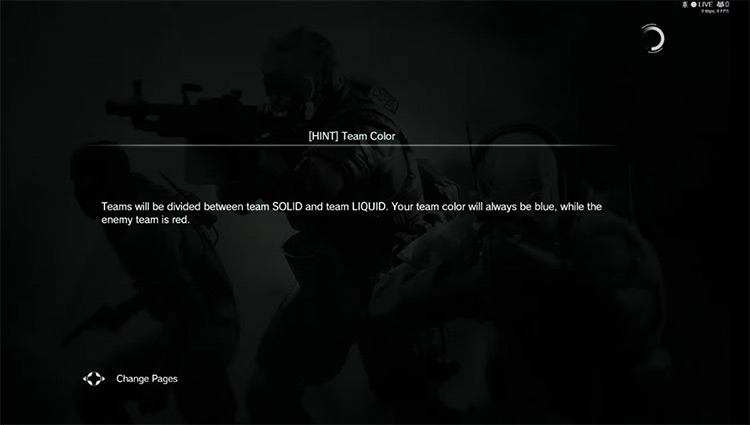
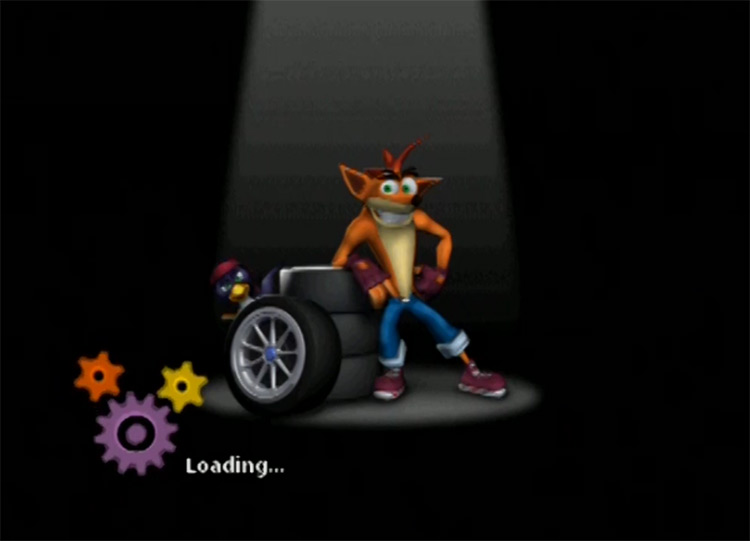
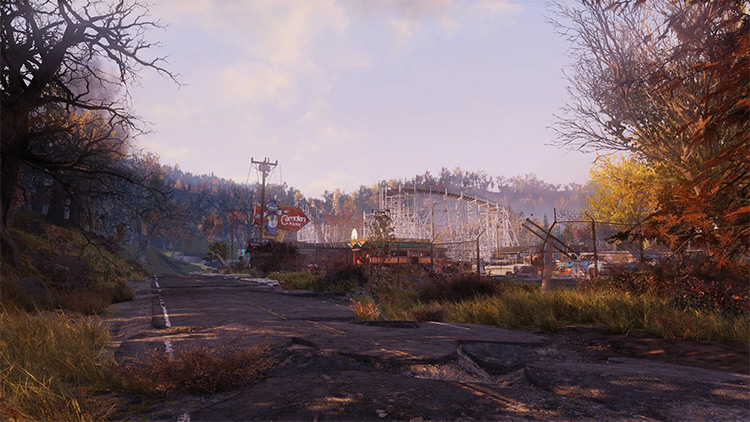
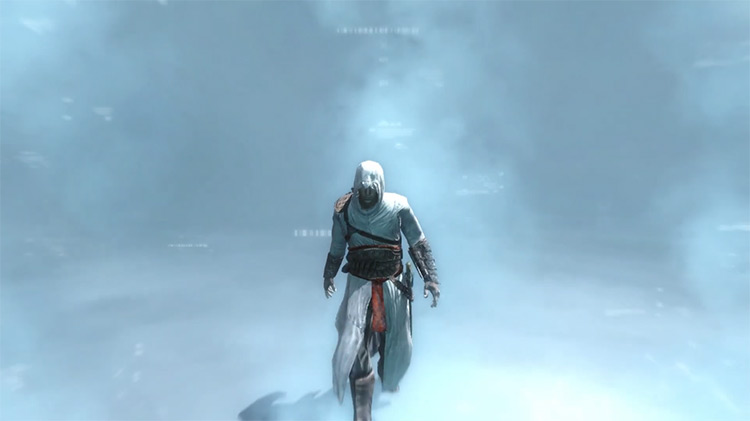
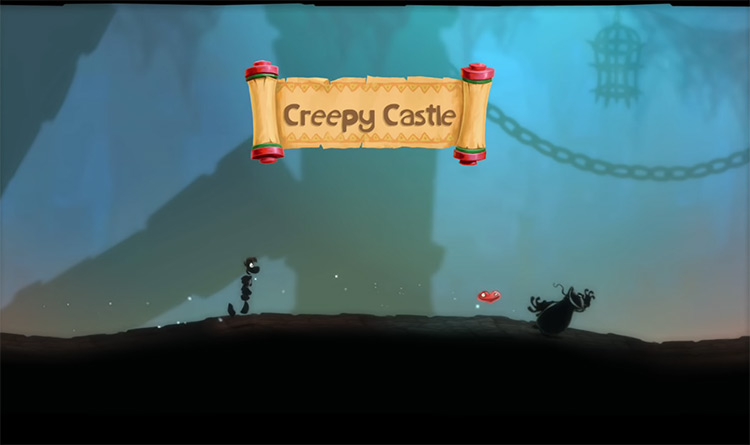
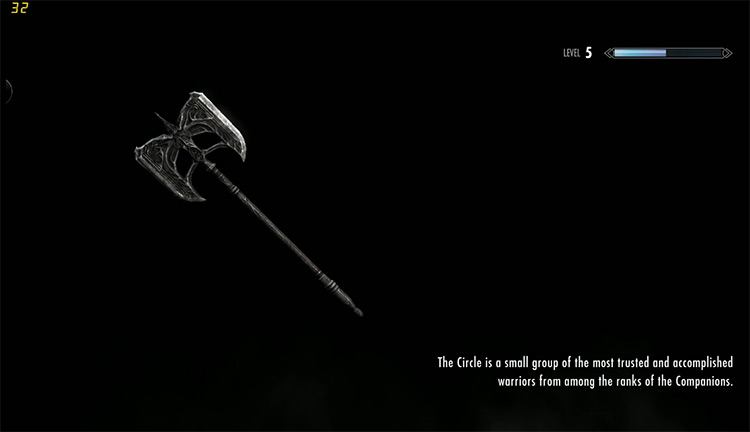

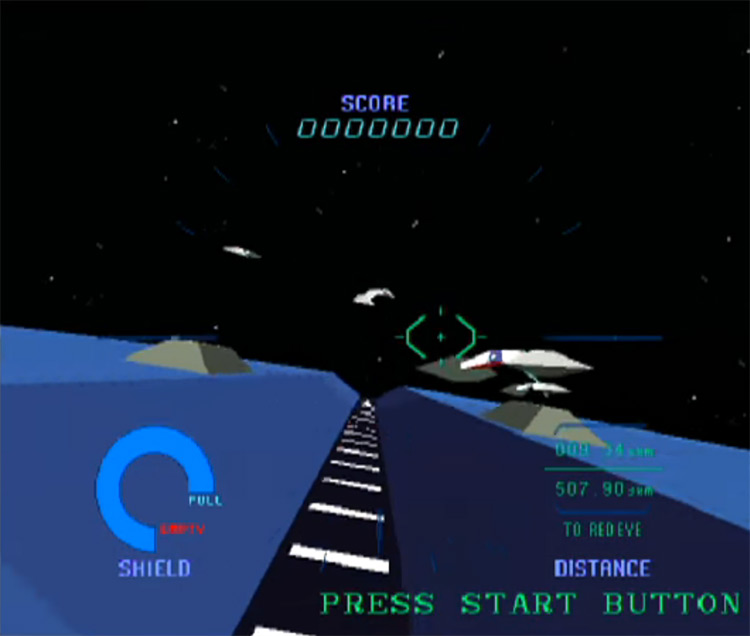
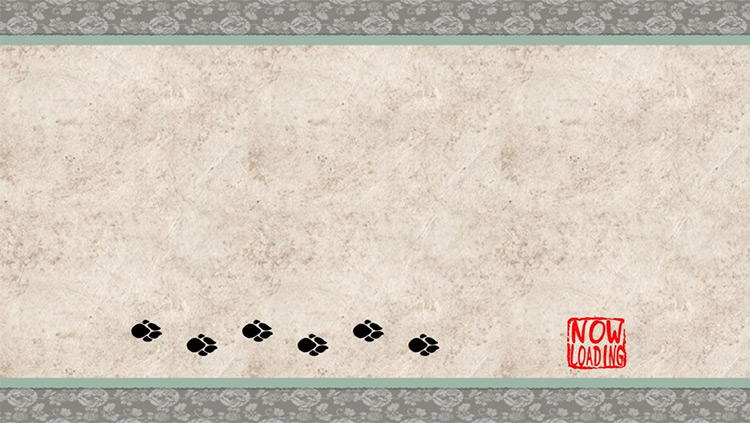

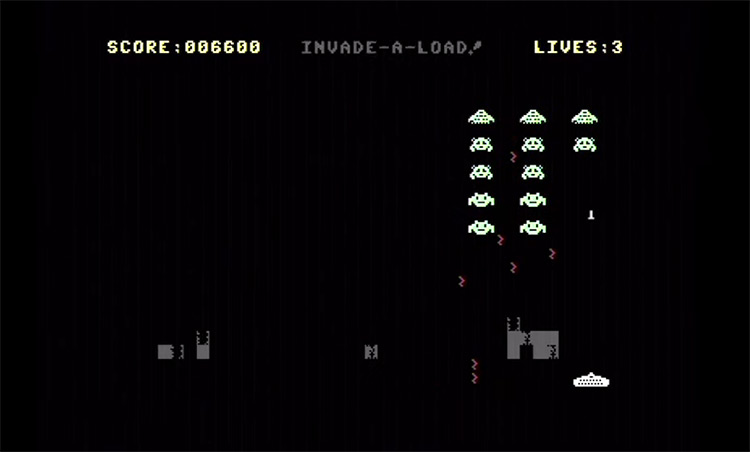
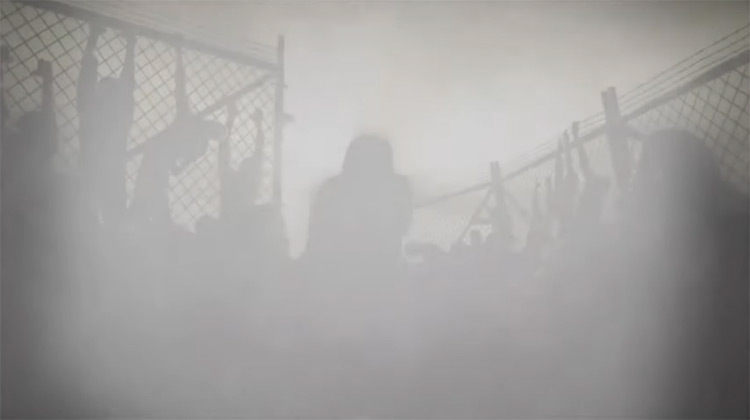
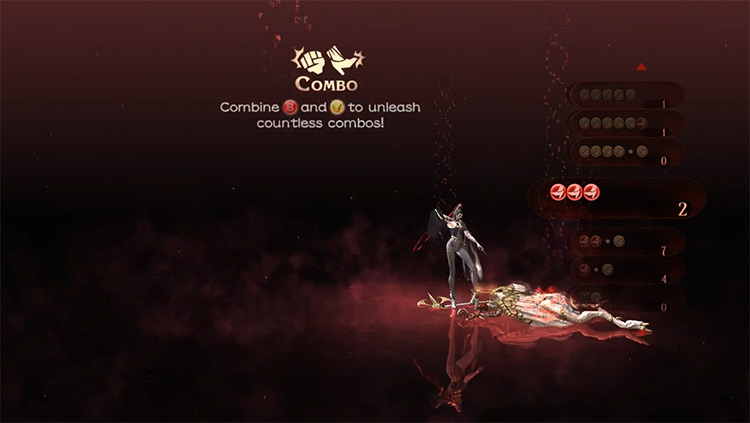
title: “15 Video Games With The Best Loading Screens Fandomspot” ShowToc: true date: “2022-11-18” author: “Una Norwood”
The ever-increasing power of hardware and the advent of affordable SSDs are quickly erasing the need to load anything for more than a couple seconds. What was once an inevitable part of the gamer experience will soon be a thing of the past, along with cartridges, memory cards, and instruction booklets. For years, developers have tried everything to make these anticlimactic pauses less of a nuisance. From loading smaller games to hiding them behind cutscenes, gamers have seen it all. But let’s take a look at some of the most amazing loading screens in the history of gaming.
15. Mass Effect (2007)
I’ve seen people online complaining about Mass Effect’s ridiculously long elevator rides, but I’d like them to consider the alternative. Should the game just cut to an actual loading screen? Show us concept art of the Citadel while it loads? Riding on an elevator with the squad is a chance to gossip and get to know your crewmates you wouldn’t otherwise get – and I could fathom a real elevator taking that long to reach its destination. All things considered, it’s immersive! And much better than a regular dull load screen.
14. Resident Evil (1996)
Mass Effect was hardly the first game to hide their loading screens seamlessly into the game. Capcom has been doing the same in Resident Evil since the first game came out on PlayStation, where dramatic cutscenes played whenever we went through any door. For us, it’s a suspenseful moment as we wonder what lies beyond. For the game, it’s a chance to load the next horror. I only realized these creaking doors were loading screens after my Resident Evil: Code Veronica run was cut short by a malfunctioning door. A scratch on the wrong part of the disc was enough to end my adventure.
13. Metal Gear Solid V: The Phantom Pain (2015)
My favorite example of a hidden loading screen belongs to MGSV, a massive open-world espionage simulator set in large inter-connected environments full of soldiers, wildlife, and vehicles. These elements are locked in a precise waltz where every action has a ripple effect on the simulation. Loading so many routines would typically take more than a couple seconds – which is what the actual loading screen before every mission takes. So MGSV flies you into the field on a chopper for over a minute as it finishes setting the stage. The flight gives you a chance to get hyped for the mission as you listen to your favorite landing tunes and look out at the beautiful Afghan or African landscape.
12. Crash Tag-Team Racing (2005)
Another great way of spicing up a loading screen is to make it interactive. And different games have different approaches. The sequel to Crash Nitro Kart tries to get a chuckle out of the player by playing all kinds of burps and fart noises as your race loads. You can even adjust the pitch of this gassy performance, so it’s different every time. It’s not the best racer ever – and it takes more than a couple cues from Mario Kart: Double Dash. But its bold visual style and silly humor are iconic. This loading screen just screams “Crash Bandicoot!”
11. Fallout 76 (2018)
Of all the games featuring photo modes, Fallout 76 has the best use for your screenshots. That pic of a Deathclaw fighting a Radroach you spent half an hour trying to get just right will now adorn the background of your loading screens. Bethesda’s first multiplayer game has a fair amount of loading sprinkled throughout your adventure, so you’ll get plenty of time to admire your masterpieces. The one drawback to this feature is you’ll have to manually keep your screenshot folder clean. If you’re the kind that takes 10+ pics of the same thing to choose the best one, it can be a lot of work.
10. Assassin’s Creed (2007)
Loading screens are little moments of reverie when your brain can get a rest from the action or puzzle-solving. If you want to lessen the idle time but still let the player take a breather, a mindless task is a great fit to spice them up. Ubisoft has followed this approach since the days of Assassin’s Creed (2007), which drops Altair into a virtual void where they can run around and throw punches. It’s like playing with a fidget spinner, except it’s your character running around in small circles. Running straight ahead can also keep you “in the zone” as you wait to retry a challenging mission.
9. Rayman Legends (2013)
Rayman has delighted platformer fans for decades. And 2013’s Rayman Legends is considered one of the best platformers ever made. Even the loading screens in Rayman Legends are a blast! While loading, all players are dropped into a harmonious light blue environment where only their silhouettes are visible. There you can jump, run, and practice your moves. This enjoyable little addition is one of the little things that makes Rayman Legends feel so polished.
8. The Elder Scrolls V: Skyrim (2011)
You can’t get any extra lives by spinning 3D models around. But that doesn’t make Skyrim’s loading screens any less entertaining. The fifth entry in The Elder Scrolls features many loading screens, as you’re always going in and out of inns, stores, castles, and caves in the wild. Bethesda chose to use this idle time to get the player more invested in the world and its characters, letting them admire a high-detail model with some flavor text to the side. It definitely beats having to sneak up on Giants just to take a look at their model. And if you want to expand on top of the vanilla stuff, we’ve got a great list of custom Skyrim loading screen mods worth checking out.
7. Dragon Ball Z: Budokai Tenkaichi 3 (2007)
Namco has been the king of interactive loading screens since Ridge Racer on the PlayStation, which let players enjoy a quick game of Galaxian while waiting for their races to load. For DBZ: Budokai Tenkaichi 3, Namco chose to include various DBZ-themed mini-games to accommodate the shorter loading times. These include spinning Master Roshi around at high speeds and making Saibamen grow from the ground by mashing a button. It’s something Namco has found a way to feature in more Dragon Ball games than I can remember – though it’s notoriously missing from recent releases like DBZ: Kakarot.
6. Tekken 5 (2004)
Ridge Racer was Namco’s first great success with auxiliary games replacing loading screens, but my favorite has to be Tekken 5. Instead of an 8-bit alien-shooting adventure, Tekken 5’s loading screens treat the player to Star Blade – an early 3D rail shooter released by Namco in 1991. It features impressive graphics for a loading screen, and gameplay doesn’t stay behind. Those of you who’ve never played it should expect something like Star Fox on the SNES.
5. Okami (2006)
Okami shines for its gorgeous cel-shaded graphics and its lovely fantasy-filled rendition of classical Japan – all featuring characters and events taken straight from the nation’s folklore. The original PS2 version also had a masterful way of turning loading screens into something that players would enjoy, rather than avoid. Like other entries in the list, Okami gives the player a simple but engaging task to complete while the game loads: Mashing a button or pressing it in tandem with paw print cues on screen. The awesome part is you can actually get valuable rewards by completing them. It’s virtually the only time I’ve ever been disappointed that a loading screen ended too soon.
4. Civilization VI (2016)
Keeping a player engaged in gameplay during loading screens works wonders for action-packed games, but more brainy, strategic titles can benefit from less involvement. Civilization VI has notoriously long loading times for a modern game. But it gave Firaxis the perfect opportunity to get even more value from hiring Sean Bean to be the game’s narrator. Once most things are loaded and the game is about to begin, you’ll listen to Sean Bean tell you all about your nation, its immortal leader, and their exploits so far. This text actually changes based on how far along the game is. It helps get you back in the groove of leading a nation into the future, and it’s always a pleasure to hear the Englishman’s voice.
3. Invade-A-Load (1987)
The C64 was the late 1980’s version of a gaming PC, with an advanced graphics chip and the 64MB RAM that gave the machine its name – but not all components were optimized for gaming. Many titles were distributed in compact cassettes, favored for their low production costs despite slow loading times. Running the average C64 game could take up to ten minutes, which is way too long to sit around waiting. Many titles included a fast-loading Space Invaders clone that launched in the first 60 seconds to keep you busy while waiting for your software to load. Invade-A-Load only lasted until the industry migrated to floppy discs – but it was groundbreaking. And it’s a direct predecessor to every interactive loading screen on our ranking.
2. Spec Ops: The Line (2012)
The best video games exploit the medium’s unique storytelling tools. Spec Ops: The Line subverts first-person shooter expectations by telling a profoundly psychological story that draws attention to war’s gruesome, cruel realities. As the story gets darker and your character’s psyche deteriorates, the stereotypical loading screen tips about reloading or aiming down sights are replaced by thought-provoking statements. “The US Military does not condone the killing of unarmed combatants. But this isn’t real, so why should you care?” It’s like a window into your character’s subconscious and a way for the story to address the players directly.
1. Bayonetta (2009)
By far, the most masterful example of a design flaw becoming a feature comes from PlatinumGames’ Bayonetta, which gives players a chance to hone their skills as the game loads. The bombshell witch has a ton of complex combos that can give you the edge in battle. They can be hard to master in the heat of battle, but Bayonetta’s minute-long loading screens are the perfect chance to learn the input strings without angels trying to cut you down. It’s also an excellent opportunity to take in the gorgeous combat animations PlatinumGames put so much care into – especially those Wicked Weave moves. These loading screens returned for Bayonetta 2, though it’s hard to learn anything in 10 seconds.














